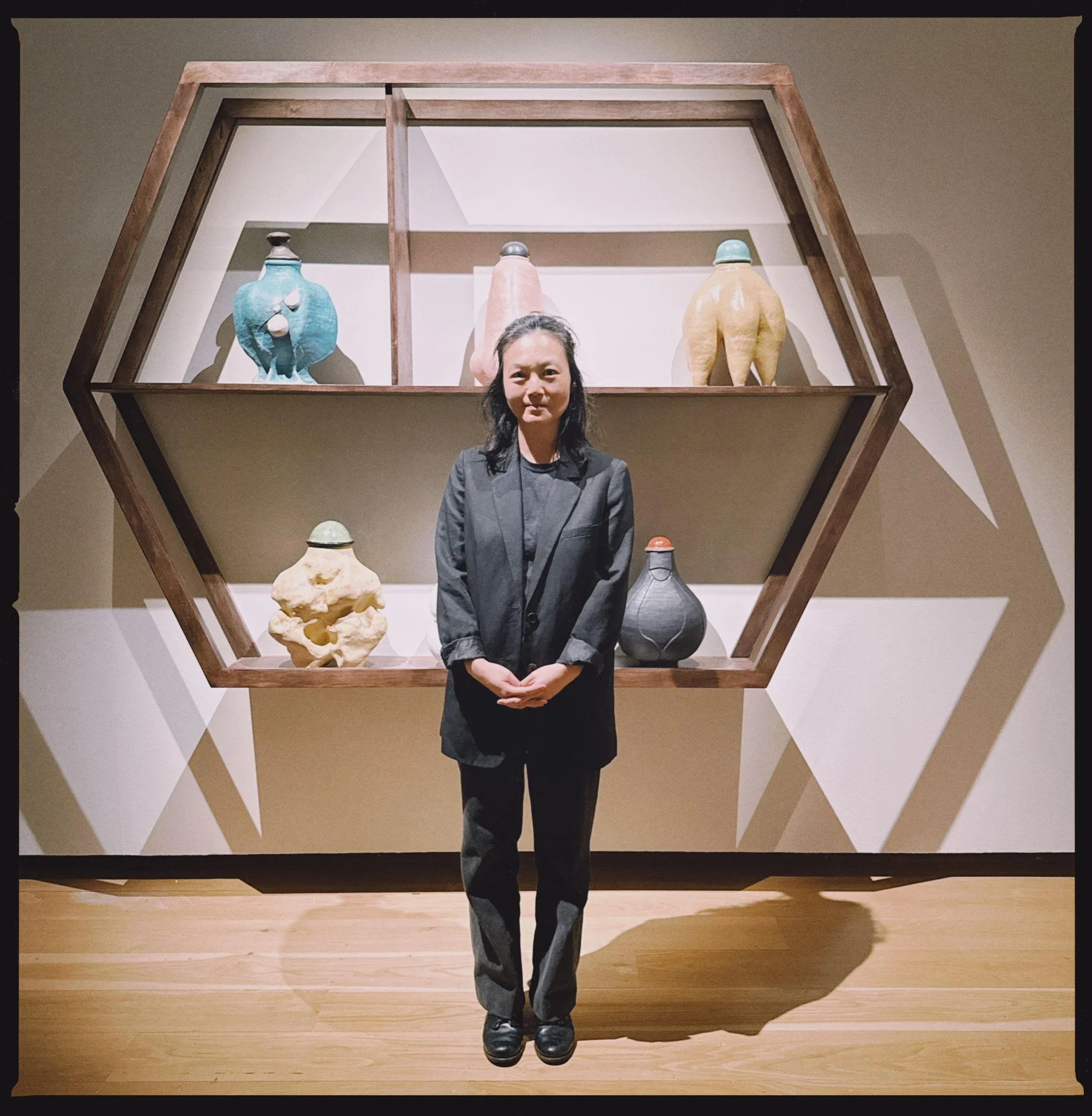It is the second time in three months that I have come to interview an artist at Compton Verney in Warwickshire and, walking over the elegant bridge and between the beautiful redwood trees, I am thinking that any artist with the opportunity to exhibit here is extremely lucky. An Art Fund Museum of the Year 2025 finalist, the stately home is set in 120 acres (486,000 sq metres) of beautiful gardens, with a wide variety of trees and dotted with contemporary sculptures. Renee So was delighted when Compton Verney approached her to exhibit a few years ago, but it wasn’t just for the beautiful surroundings. “It felt really good, and personally relevant to me, because I have an interest in artefacts,” So tells me, walking up the stairs to the exhibition, due to open that evening. “And also a bit daunting.”
‘I had to address my own identity, which I think I have been avoiding so far’
So wants to show me some of the museum collection first, and especially the Chinese galleries. Owned by several generations of the Verney family, the stately home had become almost derelict by 1993, when Sir Peter Moores took it over under his Peter Moores Foundation and brought his eclectic art collection, among which were some Chinese bronzes. The collection grew and now comprises bronze ritual vessels and other artefacts from the early Shang Dynasty (c1500 to 1050BC) to the Tang Dynasty (AD618-906). So has always been interested in historic objects from different cultures, elements of which she transforms into her own unique sculptures and textiles. “This exhibition is building on things I was already thinking about, but it changed the direction to China,” So explains. “I had to address my own identity, which I think I have been avoiding so far. Being born in Hong Kong, I am Chinese and I am not Chinese. Hong Kong was a British colony, and that brought good and bad elements. On the one hand we had a democracy, on the other hand colonisation.”
Read the full interview at Studio International


















